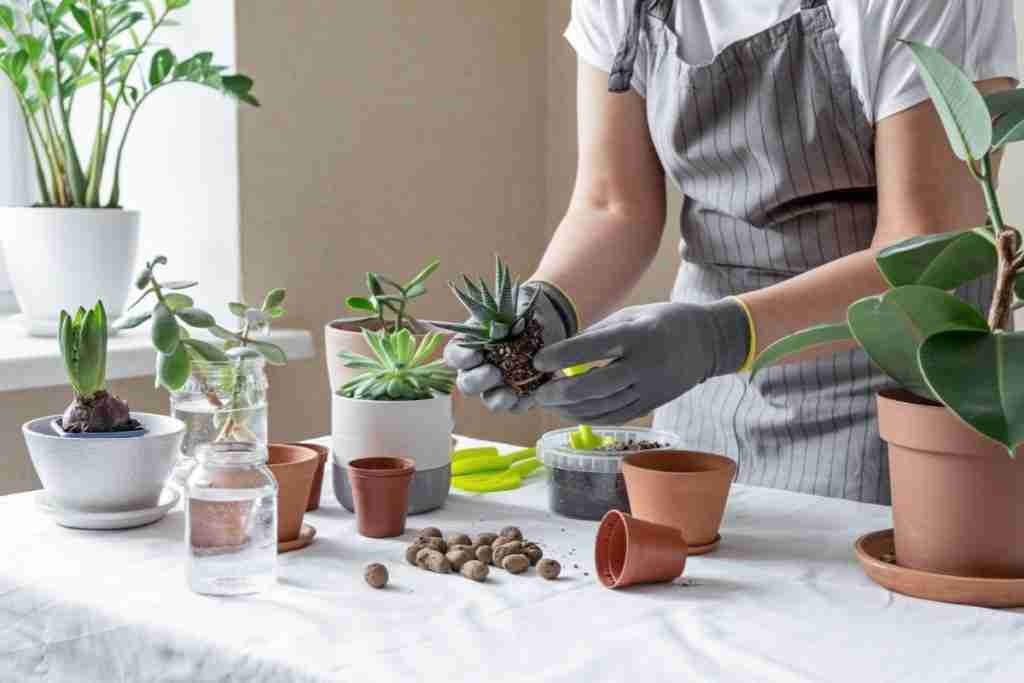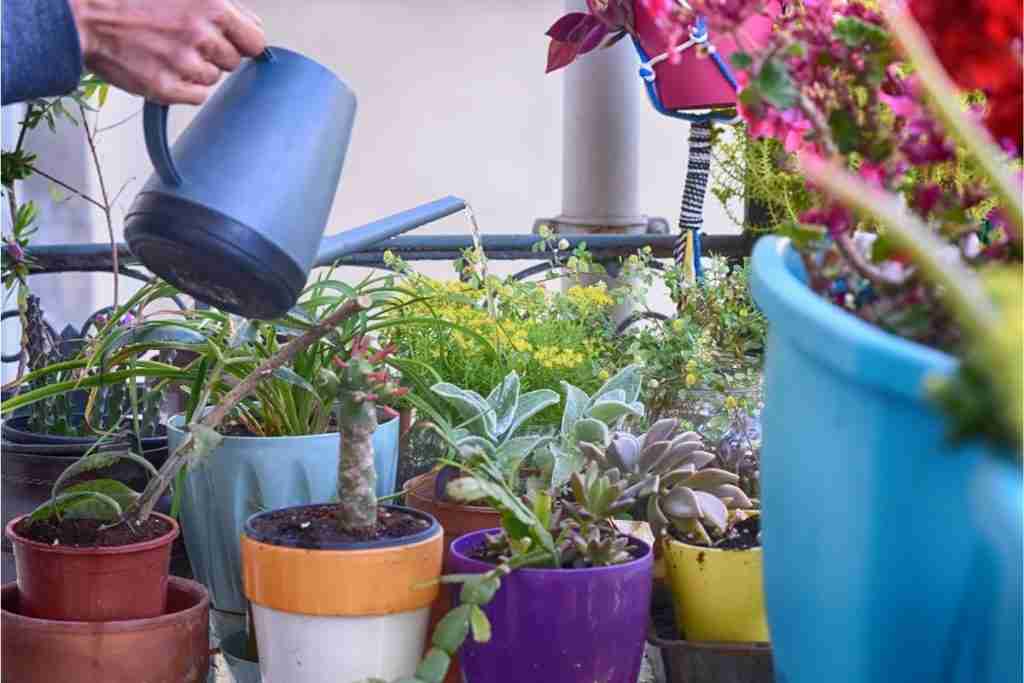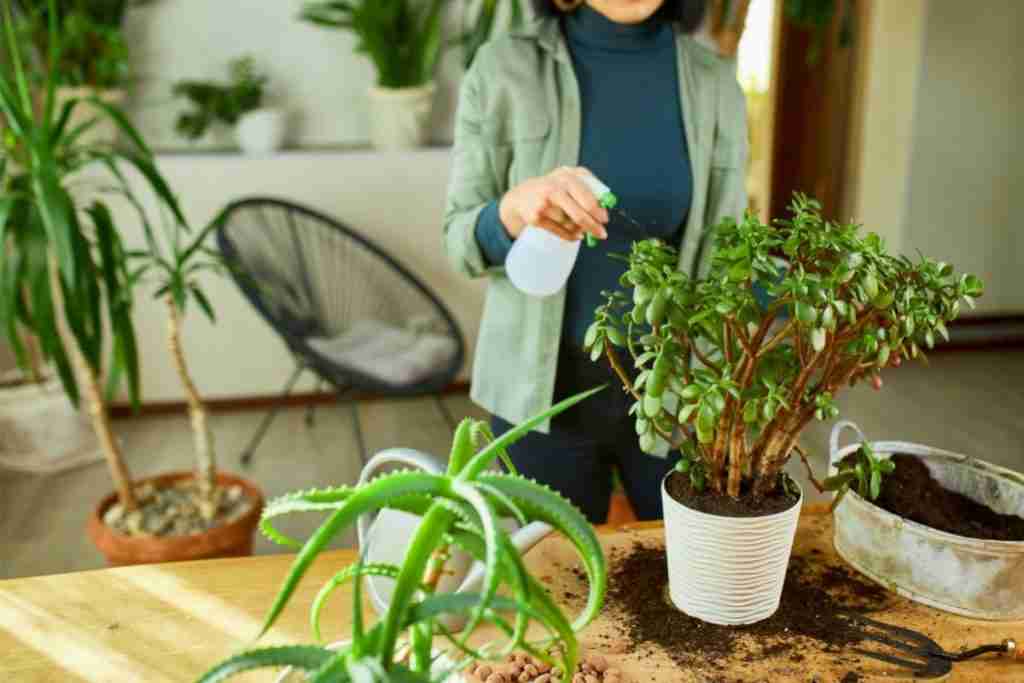
Do you want to save yourself time and money and do something fantastic for the planet? Then you are ready to implement sustainable gardening in your indoor home garden space! Sustainable gardens will make you feel great and help you grow some healthy and happy plants.
If you want a sustainable garden but are not entirely sure where to start, we have the article for you! Read on for some great tips and techniques for implementing a sustainable garden in your home with ease.
Table of Contents
What is Sustainable Gardening?
Sustainable gardening means utilizing as many natural resources as possible – including organic matter, yard waste, and insects – to grow healthy, thriving plants. This means finding the perfect location with the ideal environment and conditions while at the same time steering clear of chemicals and overuse of electricity while being as “waste-free” as possible.
Many indoor gardens frequently rely on bright lights and thermostat-controlled environments, as well as fertilizers, soils, and insecticides that can all be damaging to the planet. When we figure out how to eliminate these things from our gardening practices, we will quickly notice the benefits that follow.
Implementing Sustainable Gardening
There are a few ways to implement sustainable gardening inside your home, making sure that you limit the number of chemicals, toxins, and waste used to keep your plant’s space healthy and make things much easier for yourself while maintaining.
1. Sustainable Light Sources
Lighting can be one of the most difficult parts of maintaining a sustainable garden inside the home. While sunlight is abundant outside for normal gardens, this isn’t an option offered to most indoor spaces.
If possible, placing your pots right near the window is the best way to utilize sunlight for your native plants. However, if there isn’t enough space or you don’t have a window with tons of lighting, you can try to implement a grow light.
Unfortunately, grow lights are not very sustainable, energy-efficient, or conducive to sustainable agriculture, so you will have to put in quite a bit of work to find one that is practical while not making too much of an impact on the planet.
High-efficiency lighting systems are the best way to go to get the most out of your grow light and stay as sustainable as possible. Many LED options are typically great choices and are designed to be more energy-efficient.
2. Sustainable Fertilizers
You are bound to find tons of different fertilizer options on the market today, including chemical fertilizer. These range in formulas, prices, and promises. One thing all of these products have in common is that they are not sustainable in any way, and non-organic options are bad for the planet, dangerous for humans, and toxic to animals. Some options are even known to be harmful to plants if not used exactly as prescribed as they can burn your plants and roots.
A great option for a sustainable fertilizer is a DIY backyard compost pile. There are tons of everyday food and scraps that can be added to your compost to formulate a safe and nutrient-rich fertilizer for sustainable landscaping indoors.
How to make your own compost pile:
- Select a container to add your soil and materials.
- Start the compost pile with carbon materials such as sawdust, corn cobs, or small sticks and twigs.
- Next, add in nitrogen-rich options such as vegetable wastes, vegetarian animal manure, grass clippings, and other types of garden debris.
- Lastly, add some topsoil to your bin, making sure there are no chemicals or fertilizer already in the dirt.
- Churn your compost frequently, mixing everything up and allowing the materials to heat up and do their job.

3. Sustainable Watering Practices
Water can be one of the most wasted resources when it comes to indoor garden systems. While they may not use nearly as much water as outdoor gardens, plants inside go through quite a bit, and when they drain, the water is typically dumped from there.
One of the best ways to save on water with an indoor garden is by maintaining a schedule and sticking to it. It is also crucial that you water during specific times during the day, preferably in the morning.
You can also save on water and time by using a water recycling system or placing your plants in a vertical setup and utilizing the tower garden watering theory, where water added to the top plant will cycle down through the rest of the post drainage holes.
4. Sustainable Pest Control
Similar to fertilizers, pest control methods can be detrimental to the planet as well as the people and animals living in your home.
There is little need for pesticides in your home garden until you see the pests hanging out and eating your plants.
Try hitting up a local grocery instead before you go rushing to the home and garden store to eliminate these pests. Natural elements can be used for insect repellent, limiting the number of chemicals required when trying to eliminate pests.
Some natural methods of pest control include:
- Garlic
- Clove
- Cayenne
- Tea tree oil
- Neem oil
These are also helpful if you are dealing with a sick or diseased plant. It is crucial that you first remove the plant that is infected or infested from the rest of the garden to ensure the problem doesn’t spread.
Another efficient way to remove bugs from your plants is simply by picking them off or adding other bugs to the pot that are useful by feeding on the trouble makers, such as the Damsel bug.
Are your plants suffering from fungus, mold, or root rot? Don’t go ordering any type of chemical solutions; you can simply treat these problems by gently cutting off the infected areas and then dipping the roots into peroxide, alcohol, or vinegar.
5. Use Your Own Seeds
Reap the benefits of your hard work from the year before and use the seeds from the plants you grew. You are going to save money on seedlings and will be using strong, fresh seeds to grow healthy, thriving plants.
Benefits of Sustainable Gardening
The benefits of growing a sustainable garden are endless; this is a great way to make use of natural materials and to do your part, reducing your carbon footprint on the planet.

1. Saves You Money in the Long Run
By using as many natural resources as possible and utilizing fewer utilities and electricity, you are going to save yourself a lot of money over the length of time you have your garden set up.
2. Reduces Waste
Using less water and creating a compost pile with food and lawn waste allows you to save natural resources, waste less, and keep these items out of our landfills.
3. Great Lesson to Teach Future Generations
Let your children be involved in your sustainable indoor garden! This is a great way to teach them the importance of going green and doing what is best for the planet while we are living on it.
Summing Things Up
There is no better way to help our planet and save ourselves money when growing indoor gardens than by developing and implementing a well-designed sustainable garden. Take advice from the information above and you will begin to see the benefits from the very beginning.
